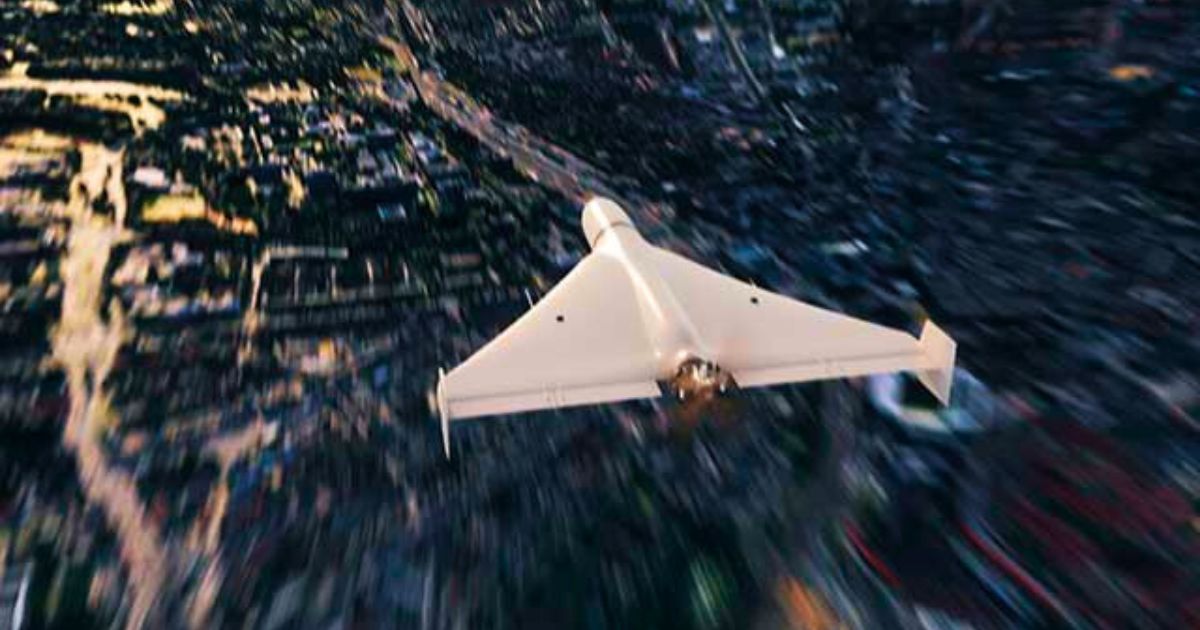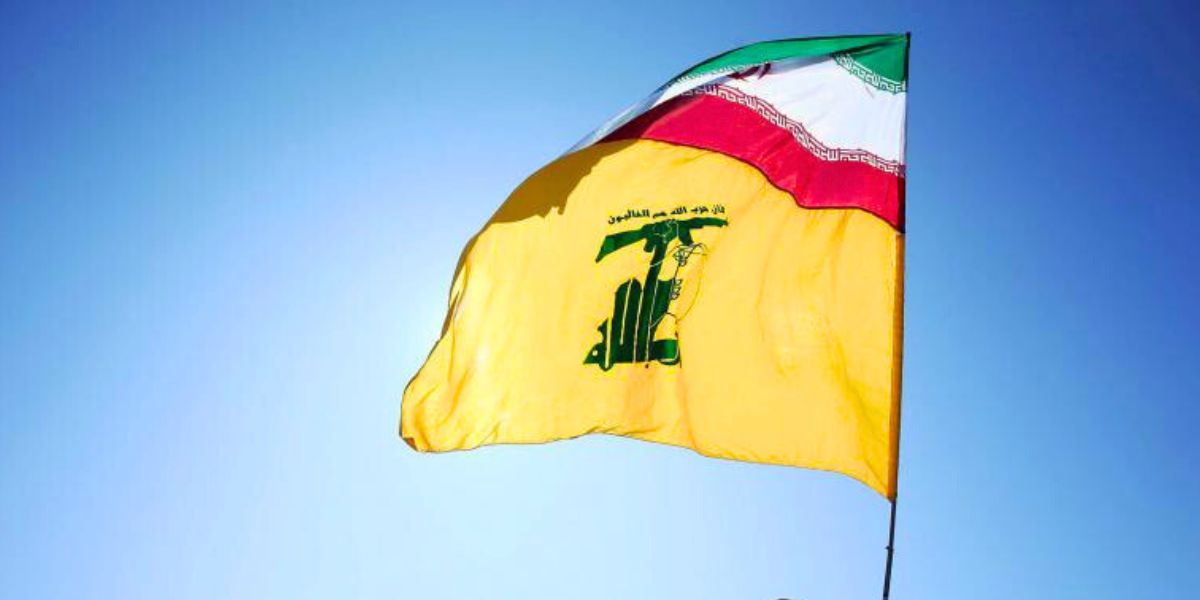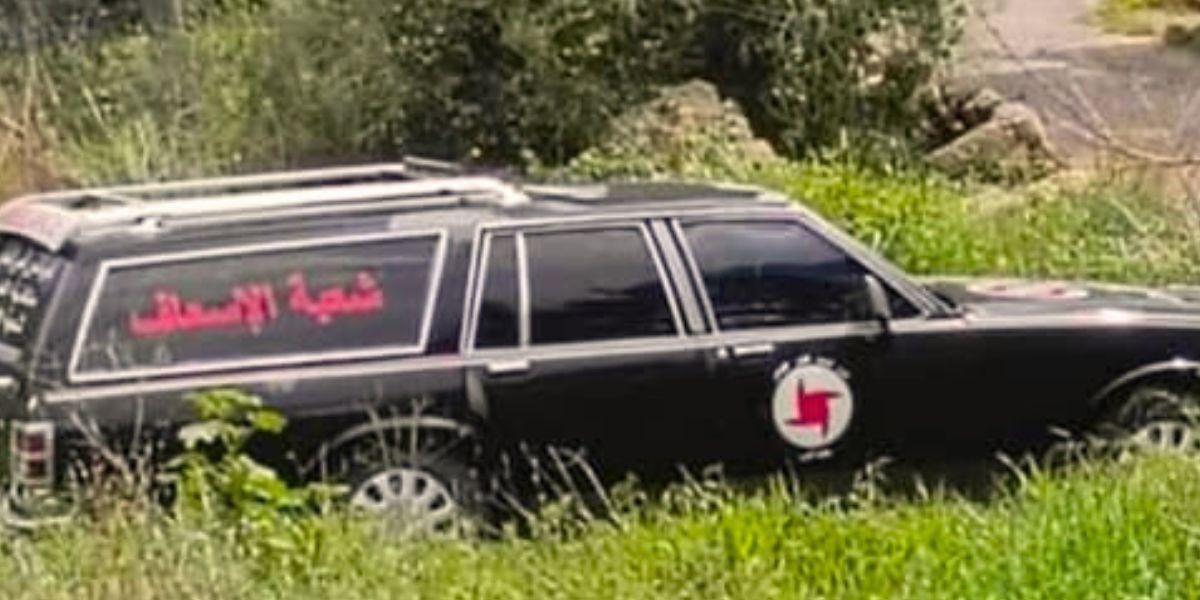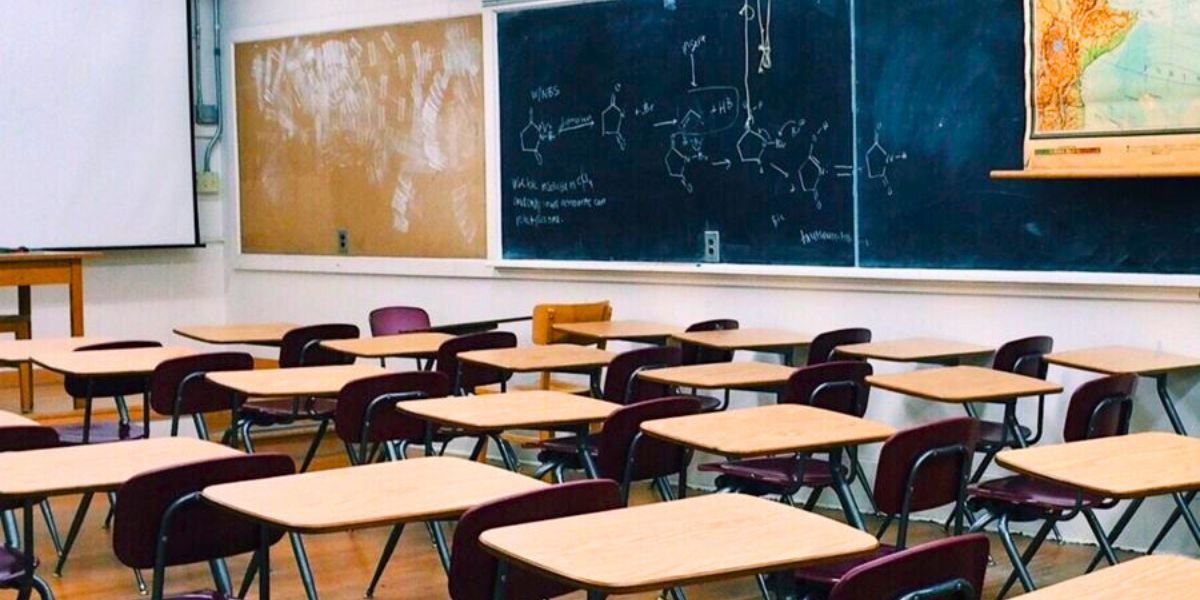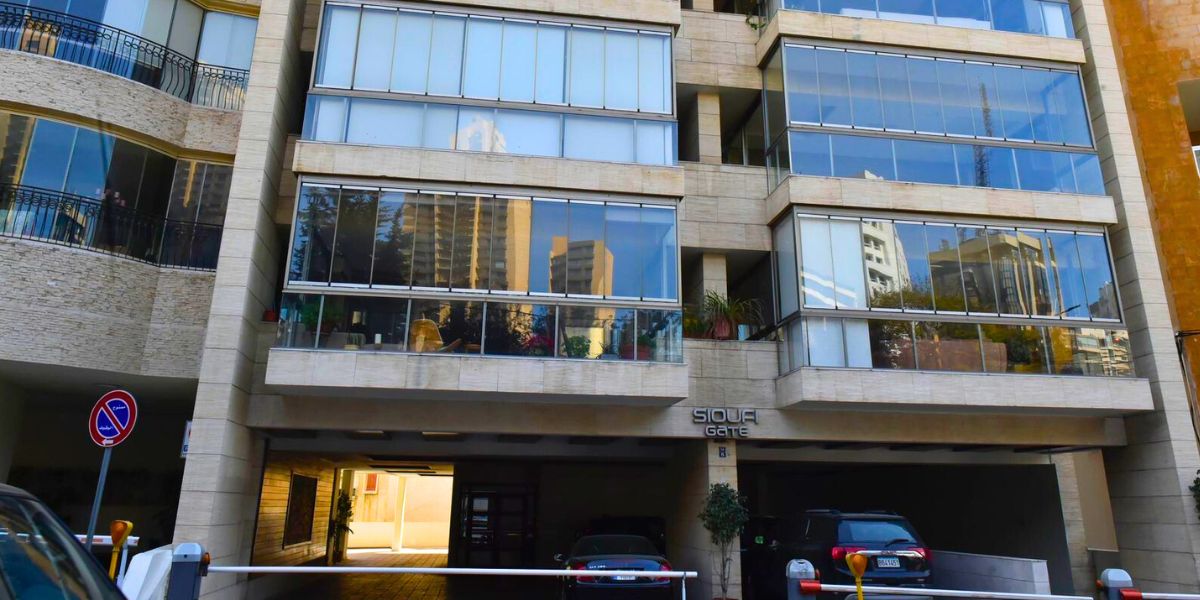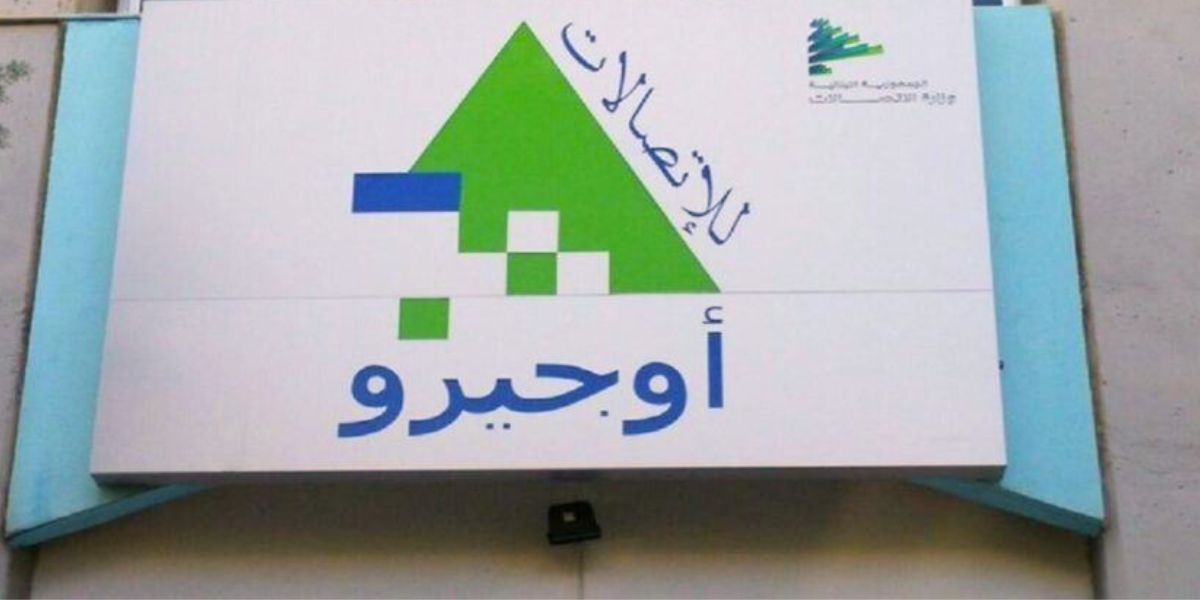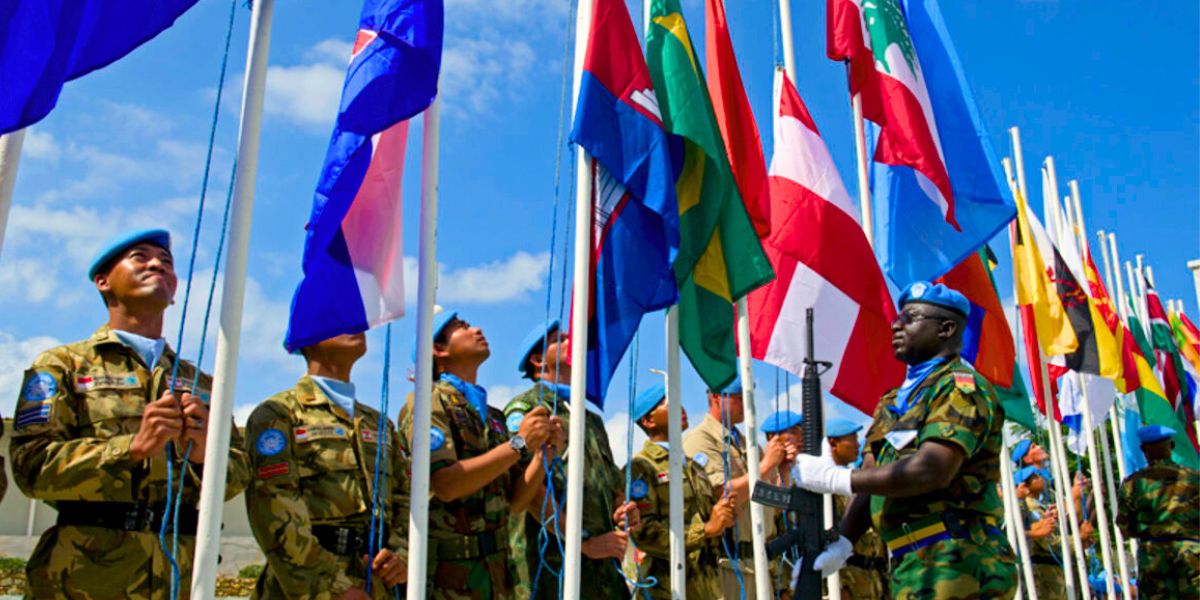How many of you go home after a long day of work wanting to wash off the sweat and take a nice hot shower to relax, only to be greeted home by a streamless water tap? Or schedule your day according to water availability? How many of you have to think ahead to stock up on water reserves like a squirrel stocking up food for winter? If you face such problems, you’ll be happy to know that a solution is in development. It is well known that Lebanon does not have proper water storage facilities. The Middle East is one of the driest regions; in 2016, Lebanon saw less-than-average rainfall, leading to frequent water shortages that led to rationing of water making it available only 3 hours a day.
The Solution
A project funded by the World Bank aims to provide a sustainable potable water supply to residents of the capital, including villages in the districts of Aley, Baabda and Metn. In fact, such a project was under consideration since the 1960s. Then, in the 1990s, the World Bank became involved through the provision of technical assistance, only to later drop the project before any financing was disbursed. In 2010 the project was brought back to the Bank’s attention and was approved on December 16
th
, 2010. The Greater Beirut Water Supply Project (GBWSP) is of comprised of:
- Three water reservoirs
- A water treatment plant
- A distribution network
Italian contractors Cooperativa Muratori and Cementisti di Ravenna will build the two-section, 24-kilometer water conveyor tunnel responsible for distribution. Italy has never had a project of this magnitude in Lebanon. Did I mention that its construction costs $200-million? *World Bank whispers to the Lebanese government, “Call me
sugar daddy
.”* Furthermore, the tunnel will be divided such that untreated water from the Awali River running through the town Chouf will be directed to a water treatment plant being built in Wardanieh, which will then forward the treated water to the Metn town of Khaldeh. The water conveyor tunnel is expected to be complete in 2019. According to Randa Daher, project director of the GBWSP at the World Bank, the final goal is to guarantee water availability at all times. It’s 2017, we have some of the brightest minds in the world, yet it’s taking us this long to manage our water system. What took us this long? I’m sure it can’t be politics right? Baby steps Lebanon, you’ll get there. The water system is set to become fully functional by 2022, when the treatment plant and distribution network will be completed. I wonder how long it would take us to direct our attention towards our infamous power outage problems…
The Risks
We are not mindless zombies who fall for great ideas without considering the risks & consequences of our actions… Or are we? On November 4
th
, 2010, a Lebanese citizen representing himself and 50 other Beirut inhabitants submitted a
to the World Bank’s Inspection Panel against the GBWSP. The following concerns were raised:
- Water Pollution. The water is mainly diverted from the Litani River to the Awali River. Studies conducted on this water have shown that it is extremely polluted and contains high levels of chemicals and bacteria. As a result, the complainants argued that even if the water is treated, it cannot be used for drinking purposes due to highly toxic industrial wastes.
- Higher water tariffs. The complainants believe that the GBWSP is a very expensive option in the sense that it will increase water tariffs by 10-15% annually.
- Deprivation of other areas from irrigation. Conveying the waters of the Litani and Awali rivers to Greater Beirut will deprive other areas of the water from these two rivers. These areas are South Lebanon, the Upper Litani Basin, Al-Chouf, and Ikleem Al-Kharroub. Those are agriculture-dependent communities who depend on these rivers for potable water.
Yet again we find ourselves between two teams. What side of the scale are you on?
Contributed by Yahya A. Abbas



